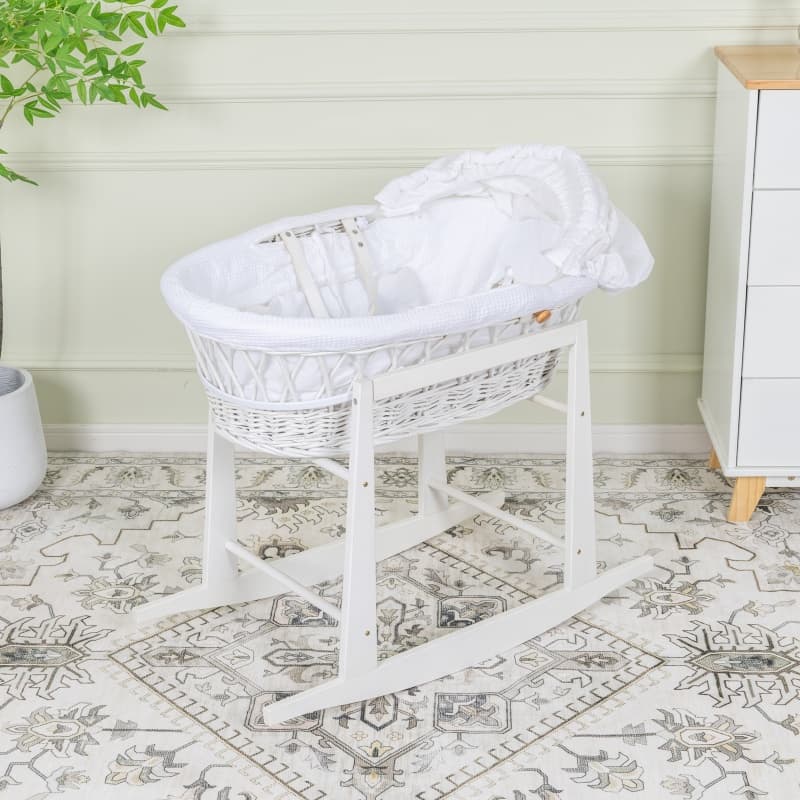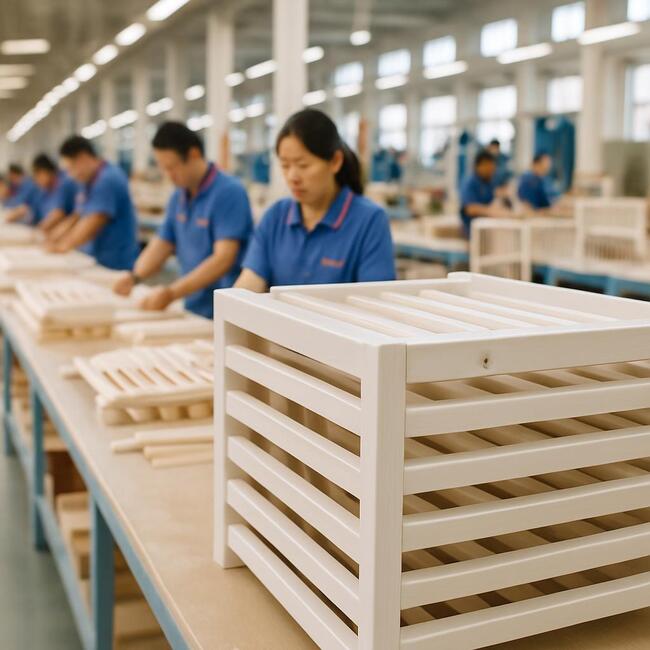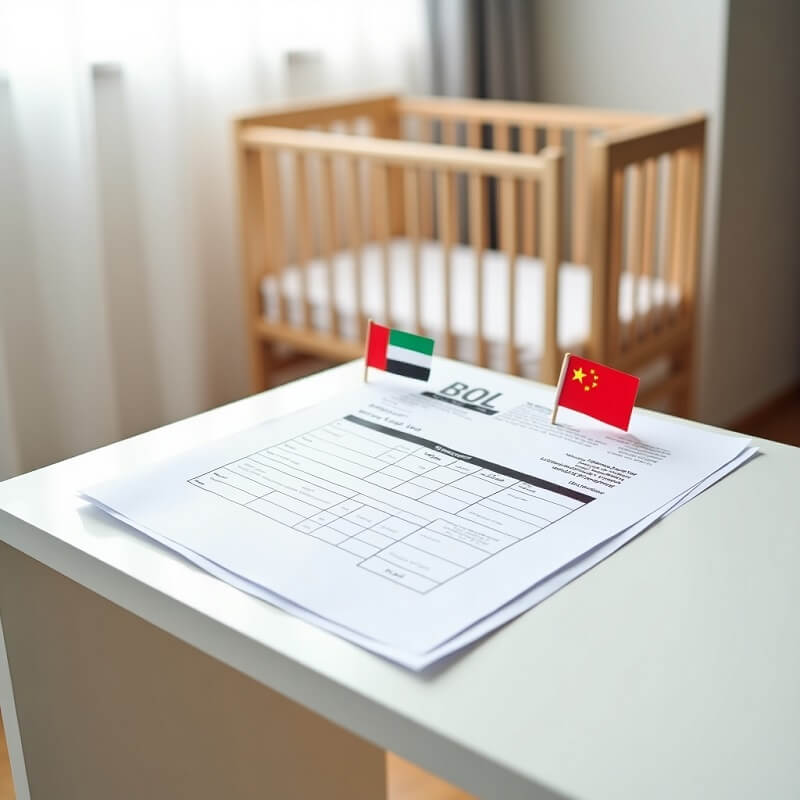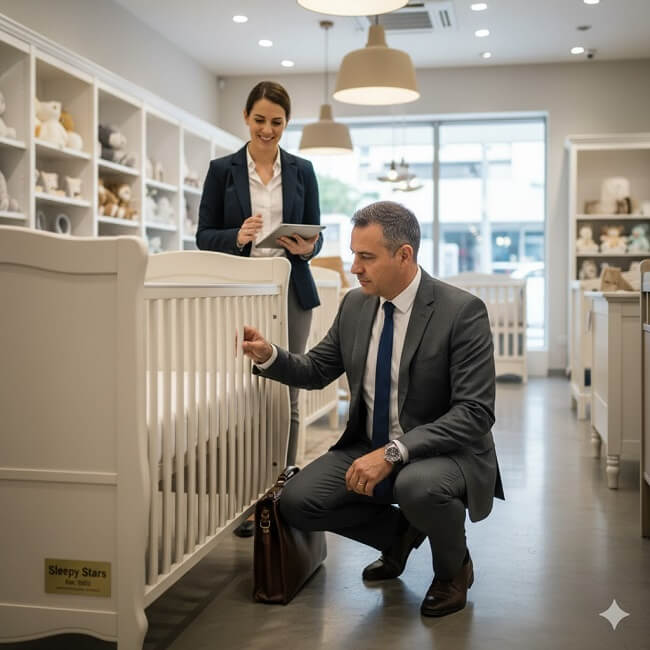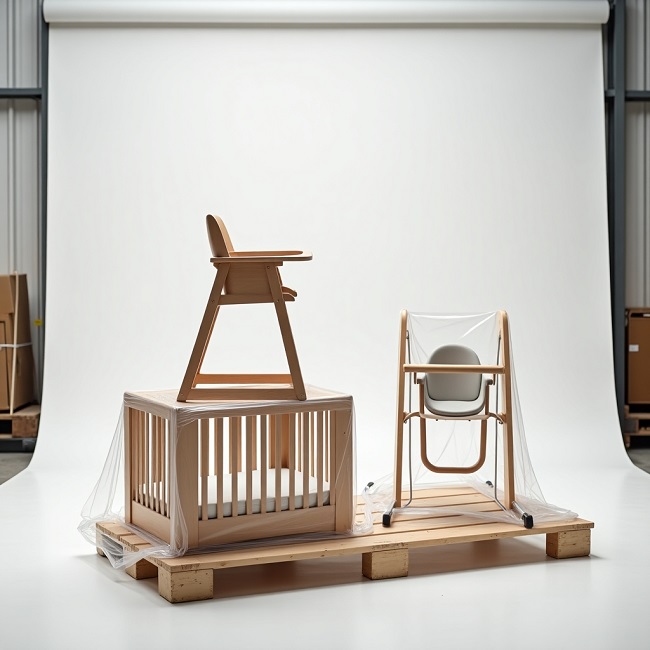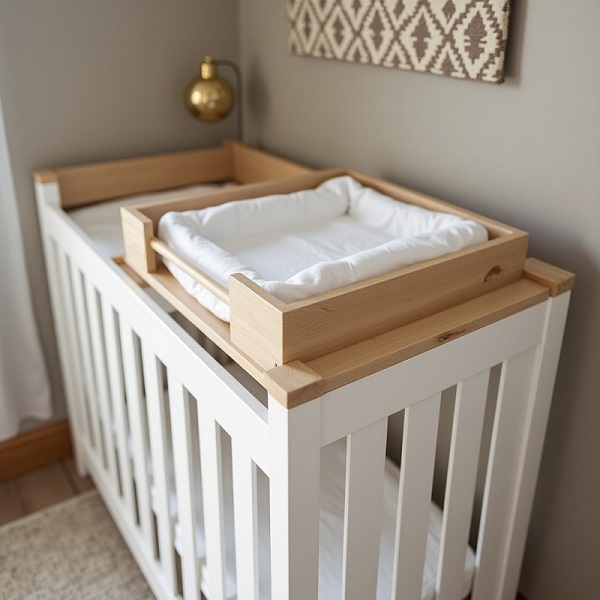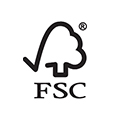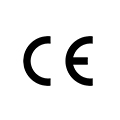When a newborn is born, parents pay close attention to every detail, from the softness of the swaddling clothes to the stability of the sleeping environment.
Among many baby products, the Moses basket has quietly emerged as the “dream basket” for many families, thanks to its unique retro style and portability. It is light enough to be carried into the living room, study, or even to an outdoor lawn, and the texture of rattan or fabric adds warmth to the baby’s room.
But parents inevitably worry: Is it truly safe? The open side walls of the Moses basket, the complexity of its usage scenarios, and the safety concerns of natural materials make its safety an issue requiring careful evaluation.
This article will examine objectively the material characteristics, safety certification standards, and usage guidelines for the Moses basket to help parents find a balance between aesthetic preferences and safety needs.
What Is a Moses Basket? Materials and Design
The term ‘Moses basket’ comes from the biblical story of baby Moses, who was placed in a woven basket and set afloat on the Nile. Its original form was a hand-woven portable crib.
Traditional styles primarily use natural plant fibers, such as wicker, reeds, or rattan, tightly woven into an oval or rectangular basket body, usually no more than 12 inches high, with cotton padding inside.
This design retains the rustic feel of natural materials while enabling easy transportation via curved handles. It is therefore often used for short-term placement within the home or for carrying outdoors.
Modern Moses baskets incorporate more functional designs while preserving their classic appearance. Some products replace natural materials with lightweight synthetic fibers (such as non-toxic PE rattan) or canvas to enhance durability. Mesh ventilation windows are added to the side walls to prevent the baby’s face from resting against solid surfaces. The base is generally supported by rigid wooden boards or reinforced plastic boards, replacing earlier soft substrates.
Certain models include metal brackets with adjustable angles, making it easy to secure the basket safely on a flat surface.
Are Moses Baskets Safe for Newborns?

The answer is yes. As a newborn product, its conventional design has no inherent flaws. However, when it comes to newborns, safety products must still adhere to strict standards.
The American Academy of Pediatrics clearly states that the safety of any infant sleep product depends on whether its design meets specifications. The unique aspect of the Moses basket is its dual function as both a sleeping space and a portable carrier. Therefore, its safety must be comprehensively evaluated across three aspects: structure, materials, and usage scenarios.
Key Safety Features of High-Quality Moses Baskets
Rigid base: The base must consist of rigid, non-deformable material (such as a wooden board or high-strength plastic) with sufficient ground contact area. If supported by a bracket, the bracket must feature non-slip foot pads and pass stability testing (such as resisting tipping when tilted 15 degrees).
Breathable and closed sidewalls: Ventilation areas must comprise 30%-50% of the sidewalls, but all gaps must be narrower than 0.2 inches. US Consumer Product Safety Commission (CPSC) research indicates gaps wider than 0.24 inches may trap babies’ fingers or toes.
Standard size mattress: Mattress thickness should be ≤2 inches, with a flat, non-depressed surface. Gaps between the mattress and basket interior must be ≤0.8 inches (AAP recommends the “two-finger test”: two adult fingers placed vertically should not fit into any gap).
No dangerous accessories: Handles must be fixed to the basket sides, not the top, to avoid an unstable center of gravity when carried. Decorative ribbons, buttons, or any detachable small parts must be entirely absent.
Safety Standards and Certifications to Pay Attention To
American ASTM F2194: The standard mandates that the basket endure 10,000 simulated rocking cycles with a ~20 lb load, without any structural damage and with all screws and connectors remaining firmly in place.
European Union EN 1466: Mandates a maximum internal basket length of ≤30 inches and width of ≤15 inches (to prevent excessive baby movement causing danger) and enforces a maximum age of use (typically 4-5 months).
China GB 30005-2013: Imposes strict limits on chemical indicators like formaldehyde emissions and heavy metal content, requiring natural materials to be treated to prevent insect infestation.
Are Moses Baskets Safe for Sleep?
Moses baskets can be used for short infant naps but are not suitable for long-term or overnight sleep. This conclusion is based on two core factors: sleeping environment safety and the need for continuous monitoring.
A 2019 study by the National Center for Child Death Review (NCDRC) indicated that infants using non-standard cribs overnight face a 3.2 times higher risk of suffocation or entrapment compared to those in standard cribs. The potential hazards of Moses baskets are particularly pronounced during nighttime use.
The AAP clearly states in its “Guidelines for Safe Infant Sleep” that all infant sleep (including naps) should occur in cribs, bassinets, or portable play yards meeting safety standards. While some Moses baskets certified under ASTM F2194 are classified as “compliant sleep products,” the guidelines emphasize their use is strictly limited to periods of “supervision by awake caregivers.”
If parents must use a Moses basket overnight due to space constraints, prioritize models featuring a rigid wooden base and densely woven breathable mesh sidewalls, and install a baby breathing monitor. However, understand this remains a risk mitigation strategy, not a complete safety solution.
When under close parental supervision, Moses baskets can facilitate daytime rest periods of 30 minutes to 2 hours. Examples include short naps in the living room or temporary placement during an outdoor picnic.
However, the following conditions must be strictly observed:
- The basket must always rest on a firm, flat surface – never on unstable surfaces like sofas or beds.
- Use only a single layer of breathable sheeting inside – no pillows, blankets, or stuffed toys.
- The baby must remain in a supine position without thick swaddling.
Moses Basket Weight Limit

The maximum load capacity specified in most Moses basket product manuals is 20 lbs, equivalent to the average weight of a 4-month-old baby.
The international safety standard ASTM F2194 requires the basket to withstand 10,000 consecutive simulated shaking tests while carrying a 20 lb weight to ensure no structural breakage or deformation.
Exceeding this limit creates multiple structural hazards. Natural materials like wicker may develop cracks under sustained pressure, while metal bracket welds become prone to fracture due to metal fatigue.
Additionally, handle design typically supports less than 11 lbs. Fracture risk significantly increases when carrying excess weight, potentially causing a fall hazard.
Avoid adding weight through thick blankets or stuffed toys during use. These items not only increase structural strain but can obstruct airflow. Crucially, even within weight limits, handle stability when carried is significantly lower than when bracket-mounted – avoid transporting via handles during nighttime use.
When to Stop Using Moses Basket?
Knowing when to stop using a Moses basket depends on both the baby’s growth and the basket’s overall condition. Stopping too early wastes resources, while continuing too late presents risks.
When the baby shows any independent movement ability, it signals the need for a new sleep environment – this principle applies equally to Moses baskets.
Discontinuation Criteria Based on Developmental Stage
The baby’s muscle control is the primary indicator. Discontinue use when the baby can independently roll over while awake (typically 3-4 months), even if weight remains under 20 lbs.
At this stage, babies may press their faces against the woven sidewalls. The basket’s open design cannot provide crib-like barrier protection.
If the baby attempts elbow-propelled upper body lifting (around 5 months), their core strength can shift the basket’s center of gravity, significantly increasing rollover risk.
Height is another critical factor. Discontinue when the baby’s head and feet simultaneously touch the basket ends while lying flat. A curled posture may limit chest expansion, which could impact breathing and bone development over time.
A 2020 European Journal of Pediatrics study noted babies sleeping curled in confined spaces show average blood oxygen saturation drops of 2%-3%. While not immediately dangerous, this requires vigilance.
Deactivation Criteria Based on Product Status
Material aging often precedes manual expiration dates. Natural wicker/rattan structures in humidity-fluctuating environments become brittle and prone to cracking. Even without visible damage, the load capacity may decrease by over 30%.
If the side wall is found to be partially concave, the weaving gap expands to more than 1 cm, or the bottom wooden board is bent and deformed, it must be stopped immediately.
The stability of the metal bracket also needs to be checked regularly. Hold both sides of the bracket with both hands and shake it gently. If there is a tilt of more than 15 degrees or abnormal noise, it means that the connection has loosened.
In essence, the Moses basket serves the fragile early months. When your child begins exploring the world and stretching their limbs, transfer protective responsibility to a sturdier crib.
Conclusion
Moses baskets can serve as a supportive option for newborns’ initial sleep under specific conditions, offering safety and comfort. However, this safety remains contingent on product compliance and proper usage. Prioritize models with certified safety features when purchasing.
The Moses basket’s portability doesn’t override its structural limitations – traditional cribs remain optimal for nighttime sleep.
If using a Moses basket, treat it strictly as a “mobile monitoring solution” rather than a permanent sleep space. At the first sign of increased mobility (rolling or sitting) or product wear, transition early to a standard crib.
Recommended Related Articles:

